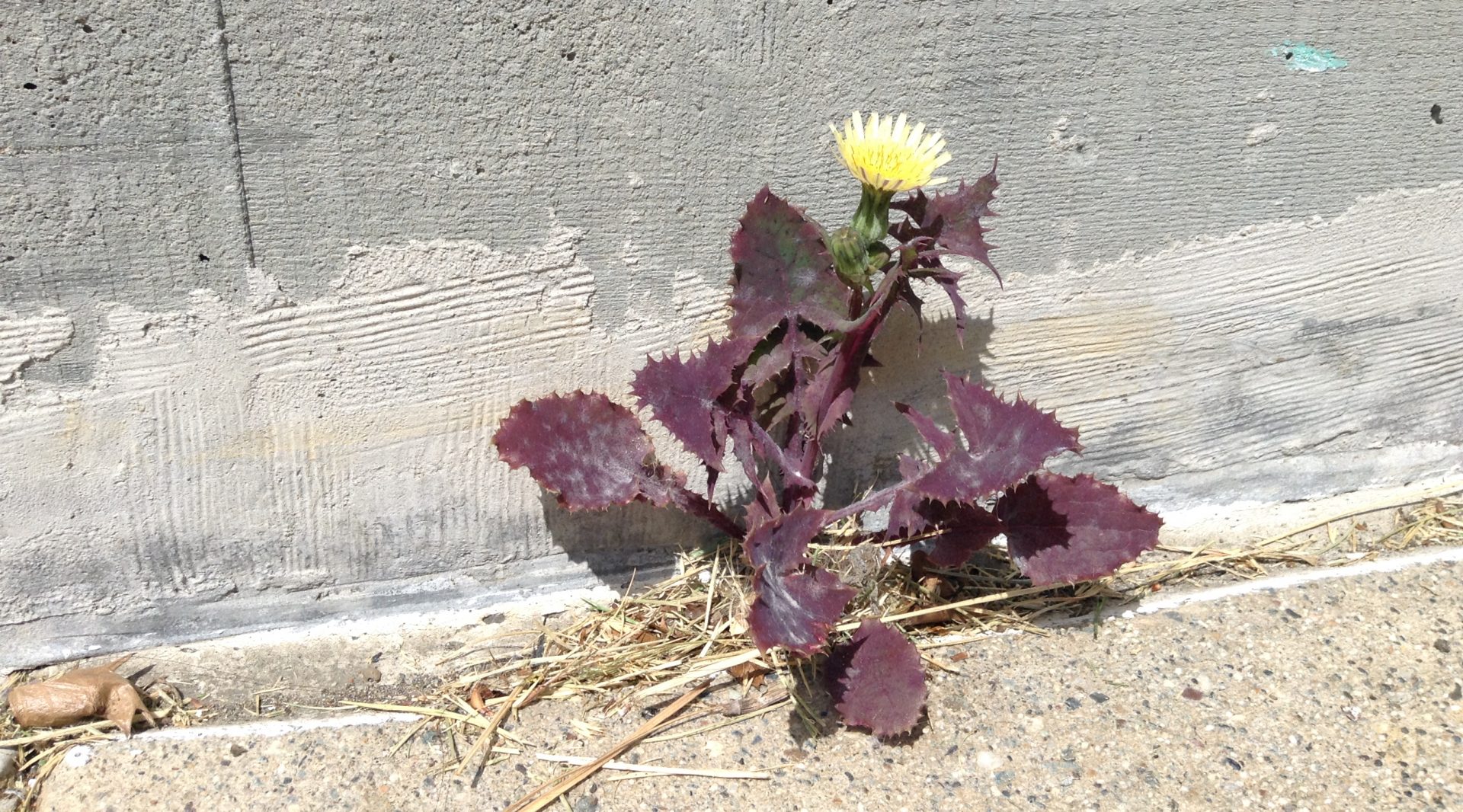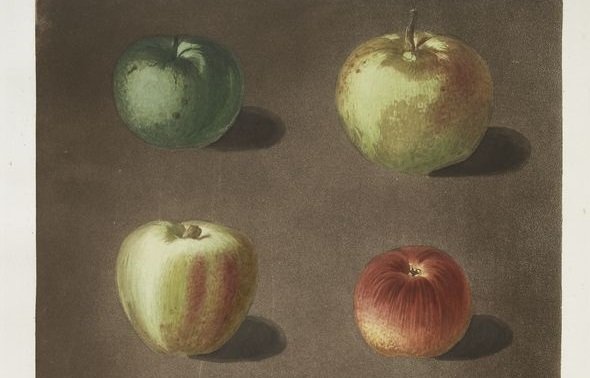There are many ways to hold a Thanksgiving dinner.
Often, we throw a party when good things happen. A father celebrates when his missing son comes home. A child is born, people marry, finish school, or get promoted. The harvest comes in, a trade deal is made, or fattened animals are caught and cooked.
~
Mary Brewster cooked a meal to celebrate survival.
She showed up at the edge of foreign territory, without prior approval. Her husband owed thousands of dollars in fines (then £20) and was wanted for his political social media posts (pamphlets). It wasn’t their first time fleeing a country. While disobeying local religious laws, Mary had named her first daughter Patience, and the second Fear.
As the police seized their property, Mary fled with her husband and two young sons, leaving her oldest son and teenage girls behind.
But when they landed on an icy coastline in the winter, there was nowhere to stay. As the pastor’s wife, Mary led a congregation with no food and rapidly spreading disease. The men found and stole food and seeds from local residents’ storage units, and set up a new town at Patuxet, whose local residents had all been killed by a plague three years prior.
Over a winter on the boat, fifty of a hundred passengers died. They were avoided by local residents, who had previously been killed and enslaved by migrants.
And by the next fall, Mary and her friends Eleanor, Susanna, and Elizabeth were the only married migrant women left.
Mary—my greats grandmother—was fifty-two when she cooked the first Pilgrim’s Thanksgiving dinner for her small community and their 90 diplomatic Indians guests.
Obviously, I’m grateful.
Whose Thanksgiving?
But this is a hard story for some Americans from native communities.
Mary came on one of the many ships of people who didn’t assimilate, who chose to slaughter, starve, and drive out existing residents.
In that context, Sioux chef Sean Sherman reflected this week on his warm childhood Thanksgivings with his grandparents on the reservation in South Dakota. Yet he also remembered his great-grandfather’s struggle to survive as whites killed off their fellow countrymen. And he calls out the myths—even lies—we tell our children.
Yet he still looks for ways to celebrate with the people, land, and food he loves, saying:
“We Americans spend hours outdoors collecting foods like chanterelles, morels, ramps, wild ginger, chokecherries, wild plums, crab apples, cactus fruit, paw paws, manzanita berries, cattails, maple… cedar, rose-hips, hickory, acorns and walnuts… We can have our feasts include dishes like cedar-braised rabbit, sunchokes with sumac, pine-stewed venison, smoked turkey with chestnuts, true wild rice with foraged mushrooms, native squash with maple, smoked salmon and wild teas.
“No matter where you are in North America, you are on indigenous land… I urge people to explore a deeper connection to… true Native-American histories… There is no need to make Thanksgiving about a false past. It is so much better when it celebrates the beauty of the present.”
For the Native Americans who are constantly aware of their own survival, being asked to celebrate those who would later kill their own communities seems cruel.
Yet every community has reasons to gather.
What is your American community’s story of survival? What did you overcome?
What are you thankful for this week?
And how do we honor the dark stories even as we celebrate?

